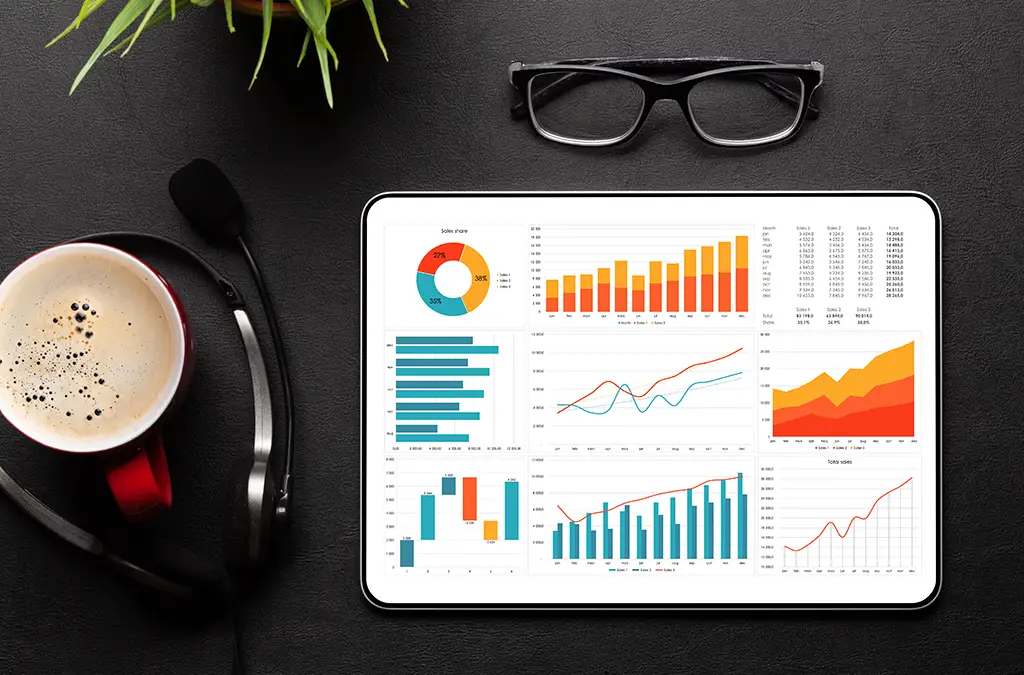No products in the cart.

Source: Image by Lifestylememory on Freepik
Managing inventory is something that most businesses must do; however, it can sometimes be challenging, regardless of size and industry. Many businesses, unfortunately, do not execute efficient inventory management in order to streamline their entire business.
But what exactly is inventory management? What does it entail? If you’re unsure, don’t worry! Take a look through this guide on “What is Inventory Management and How Does It Work?” to learn more.
Without proper inventory management, you can run into problems like overstocking, stockouts, and unnecessary expenses. Ultimately, reducing your profits or having money tied up in excess, unsold inventory.
So how do you avoid those issues and effectively manage your inventory? Follow these 10 essential tips to streamline your processes, make informed decisions about your inventory levels, and ultimately improve your bottom line!
10 Tips for Effective Inventory Management
1. Prioritise Your Inventory
Categorising and prioritising your inventory based on certain factors – e.g. demand, profit margin and lead time – help to ensure you have enough stock of the items you need. These are your most popular or profitable items, and categorising them allows you to adjust your inventory accordingly and thus, improve inventory management processes.
To do this, you can use the ABC analysis method, separating products based on their value and importance.
- Group A: high-value items that are a small percentage of your inventory and slow to turnover
- Group B: medium-value items that move quicker than Group A, but slower than Group C
- Group C: low-value items that make up a large percentage of inventory and turnover quickly
2. Track Product Information
To better understand and manage your inventory, you need to know everything about it. Track every important product information for each product in order to make better decisions about ordering, pricing and restocking. This includes: SKUs, descriptions, barcode data, suppliers, countries of origin, lot numbers, and costs.
3. Audit Your Inventory

Regular and comprehensive inventory audits can help you identify any discrepancies and allow better inventory management. To do this, you should count all the items in your inventory and compare the results to those from your inventory records. While some businesses do yearly audits, others do monthly, weekly or even daily counts of their most popular products. How you choose to audit is up to you, however, it is essential to ensure your physical inventory is accurate and up-to-date.
4. Analyse Supplier Performance
When you keep track of your supplier performance such as lead times, pricing and quality, you can identify your best suppliers and hence, negotiate better terms for maximum optimisation. One method of doing this is to keep a supplier scorecard. Doing this can also help you make better decisions based on actual data, and hopefully improve your relationships with them. If you have issues with particular suppliers, then discuss them with your supplier and aim to resolve them. However, be prepared to either switch suppliers or deal with inconsistent inventory and the risk of stockouts.
5. Follow the 80/20 Inventory Rule
The 80/20 rule can be key for prioritising your inventory and items that are more profitable. This rule states that 80% of your profits come from 20% of your stock; hence, you should prioritise this 20%. How can you do this? Manage your inventory based on sales data or use demand forecasting tools to predict which products are likely to be popular. Then, you can adjust your inventory levels accordingly.
6. Be Consistent in Processing Incoming Inventory
It may seem like a no-brainer that having a consistent process for receiving and processing new inventory is crucial. Doing this ensures that your inventory is accurately recorded and that your products are available for sale. However, your entire team needs to be on the same page, and so some training is required upon hiring. Create a standard process that everyone follows in order to make ordering and receiving inventory is smooth and efficient.
7. Track Sales

By tracking your sales data, you don’t just count up your money at the end of the day. This data can help you identify what items you sold, how much of it you sold, and an updated understanding of your inventory. You can also analyse the data to know which products are doing well and which ones are not, and therefore, make better and more informed decisions about restocking and inventory management. Tools like sales reports and data analytics can track data and help identify trends for your benefit.
8. Order Restocks Yourself
For effective inventory management, it’s important to take control of your inventory restocking process. This involves placing reorders yourself rather than relying on suppliers to do it for you. While it may seem easier to let someone else manage the restocking process for you, vendors may not share your priorities. By restocking yourself, you can ensure that your inventory is stocked when you need it, and avoid potential delays or stockouts caused by any supplier issues.
9. Invest in Inventory Management Software
While some very small businesses can often get away with using a spreadsheet or paper to mark inventory, it isn’t very effective, accurate or feasible for most businesses. Instead, inventory management software can definitely make managing your inventory a lot smoother. The software effectively and automatically tracks inventory levels, orders, and shipments in real-time. And with this software, you can also use its updated data to make informed decisions about your inventory management and ensure that you are always stocked well for the demand.
10. Use Tools That Integrate Well

Inventory management software is not the only technology that can help you automate and streamline your processes. Technology like mobile scanners and Point of Sale (POS) systems can also be highly effective tools for inventory management. With a POS system, you not only get a robust inventory management system, but additional useful features like sales reports and data analytics that help forecast demand and efficiently manage your inventory.
Conclusion
By following these 10 essential inventory management tips, you can improve accuracy, reduce costs, and make data-driven decisions about your inventory. No matter if you’re a small business owner or a large company, effective inventory management is essential for success.
Stick around for more effective inventory management tips, coming your way soon!
EPOS
If you’re in need of a robust inventory management system in Singapore, you’re in the right place. For businesses seeking an ultra-seamless POS that provides precise control over your inventory, EPOS is one of Singapore’s leading POS system vendors. Use powerful features designed to help your business thrive by improving efficiency, reducing costs and increasing profitability. Get to know our system by signing up for a free, non-obligatory demo!
• Written by Adrija Chakravarti
Was this article helpful?
YesNo


